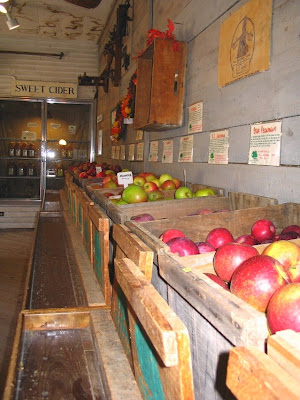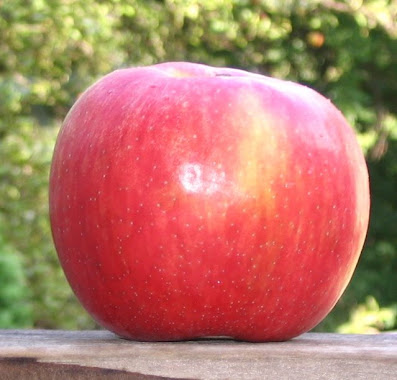These Apples are, of course, only a personal labor of love published on that greatest of all vanity presses, the internet. I'm pleasing myself—and creating an opinionated catalog of apple varieties.
![[Opalescent.jpg]](https://blogger.googleusercontent.com/img/b/R29vZ2xl/AVvXsEihD5NMkWO04JHmXFmlrXuXsSXgMisnA_zab8tZA_WGFaHzihh6ewmAFYb4g6le1CbLBC9Lo4D4VqvlrhUCER8w68Hmgs_B2xdCmIcMEl3QE6OxlIJwynYDI9um8yHPkqEYurd-2Hz5Xbo/w320-h279/Opalescent.jpg) |
If I also please you, that pleases me too. I know I have readers by the web logs of this site (no personal data about you, have no fear).
If you've wandered here and are surprised or informed or amused, please leave a comment, here or in response to any post.
















